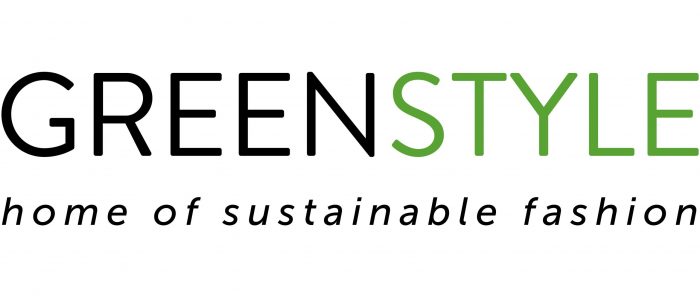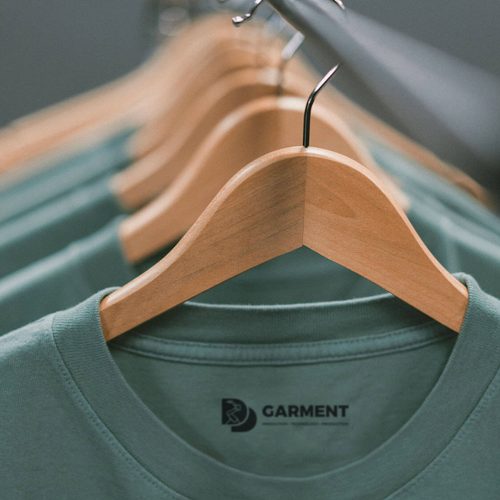Kay Alexander Plonka works as a correspondent for „Style in Progress“ in Berlin and has been writing about sustainability in fashion for many years. He tells us how we can continue to love our jeans and still do something for the environment (and for us!).
Many people react with rashes and allergies to the chemicals used on a large scale in jeans production.
What makes denim production so problematic? On the one hand, there is the immense amount of cotton that is needed to manufacture it. An alternative material that would cover this XL requirement does not yet exist. And a lot of water is needed to manufacture cotton, fertilizers and pesticides are used and a number of dyes are added in processing. But that’s not all. The so-called equipment is particularly serious. Wash cycles that are needed for the desired visual effects. There is brushing, bleaching and sandblasting and a lot of chemicals are used. All of this is not only good for the environment, but also for our skin.
The original jeans made of strong, blue cotton fabric that could be worn for years are hardly available today.
Today mainly mixed fabrics, i.e. cotton with synthetic fibers, are used for jeans production. This is not only problematic for the recycling of the material, but also for the durability of the pants. The addition of synthetic fibers increases the comfort, but, as we all experience, trousers bulge out faster. So the jeans have to be washed more often to regain their fit. Too frequent washing, however, does not do the pants so well and they don’t last as long. Conclusion: the less it is mixed in, the longer the jeans will last.
Slim-Fit and Skinny-Boom contributed very strongly to the fact that more and more spandex was used.
What should you pay attention to when buying? The denim expert particularly recommends taking a look at the production conditions. Brands that work with closed production cycles that use the water used over and over again are particularly good. As an example, he cites the bag manufacturer Freitag, not a proven jeans specialist, even though textile collections including jeans have been added. “They show how one can produce. They have limited their production radius to 2500 km, save CO2, and use bast fibers to produce naturally dyed and compostable textiles. ”Simply unscrew the (patented!) Button and dispose of the rest on the compost heap. And all at a price that, although it cannot compete with fast fashion, is affordable.
Things can be produced in the sense of the common good economy with respect for people and nature.
And how do you properly care for your favorite piece? “The lower the spin speed, the less abrasion,” explains Kay. In addition, the pants should be washed inside out because the surface is already a bit open. Just as important: zip up. But: wash the jeans as little as possible, you could also put them in a water bath or just air them and please do not put them in the dryer.
Be sure to discover: fairly produced #lowimpact jeans by Dawn Denim
Read on? The downside of darling denim: The “dirtiest piece of clothing” in the world on VOGUE.de






